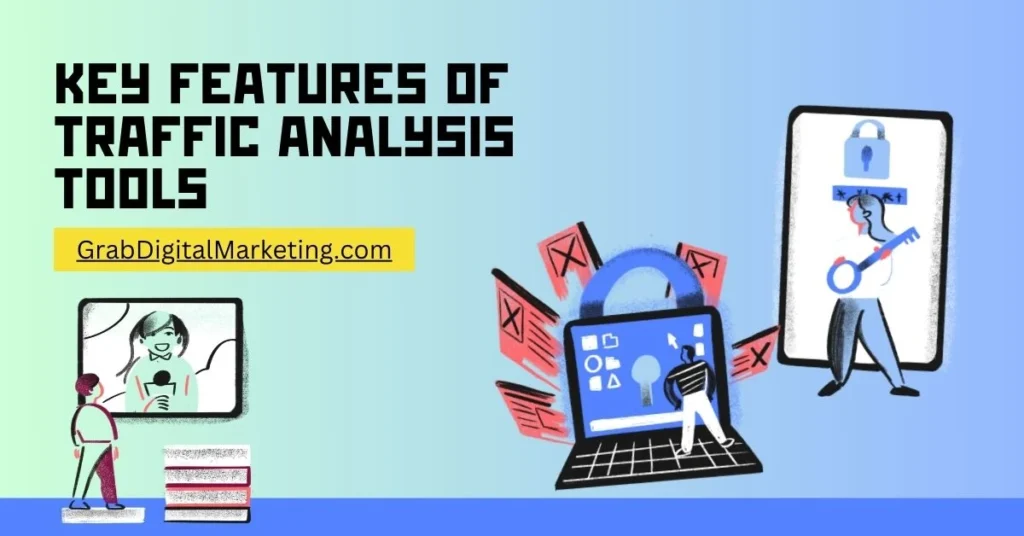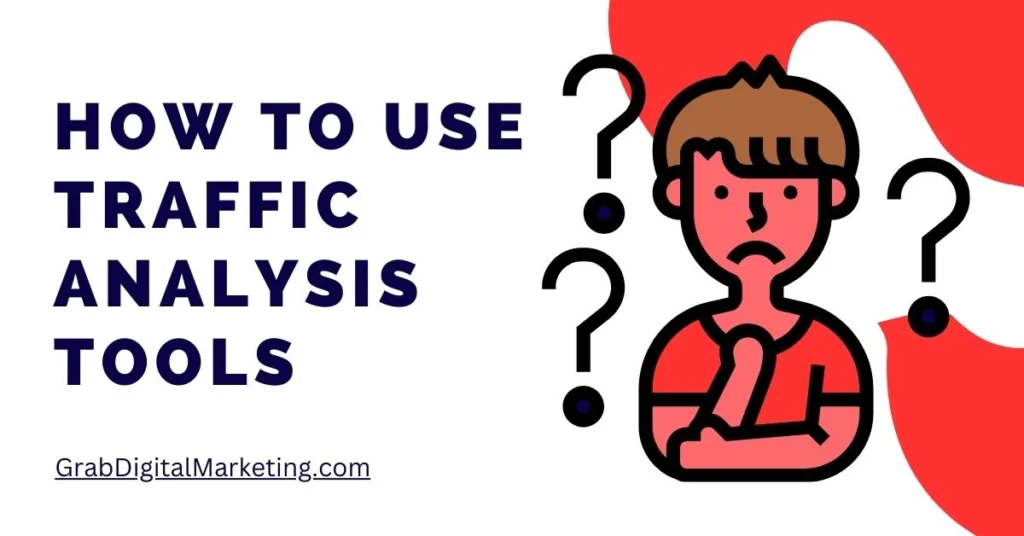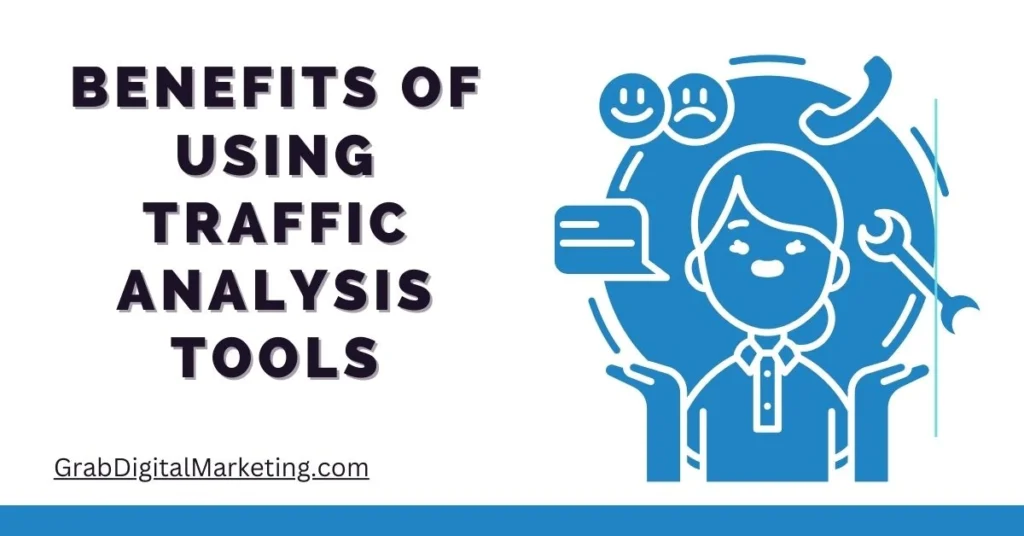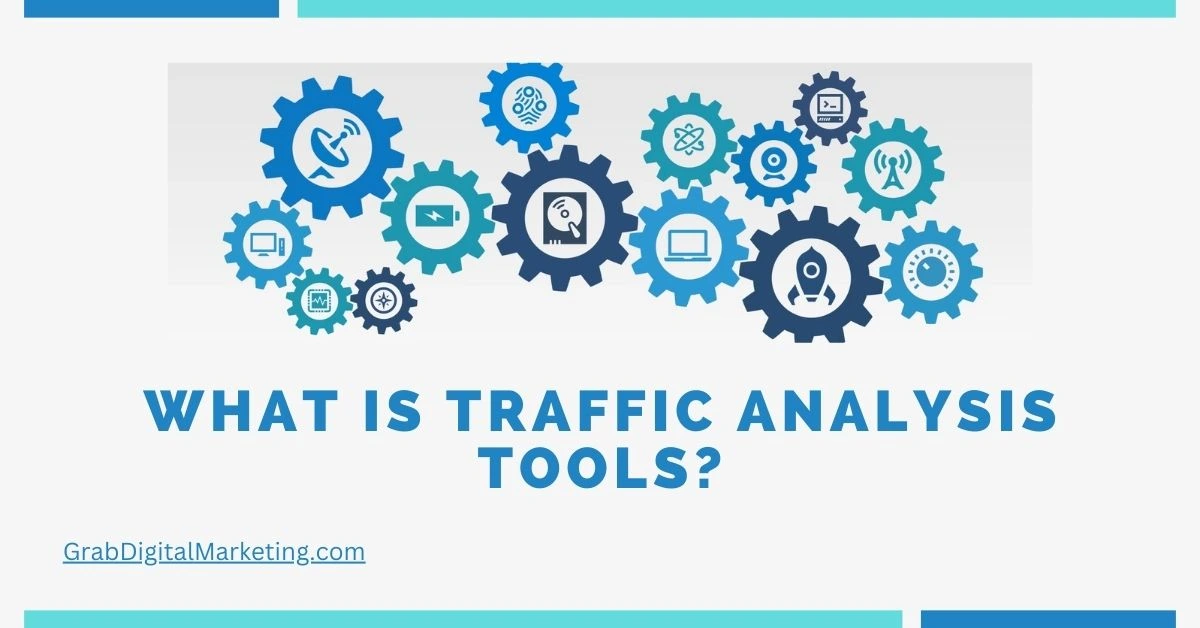Traffic analysis tools are specialized software or services designed to monitor, analyze, and report on the web traffic visiting a website. They provide valuable insights into visitor behavior, traffic sources, user engagement, and much more. These tools are essential for website owners, digital marketers, SEO professionals, and business analysts to understand how their site is performing and how they can improve it.
Key Features of Traffic Analysis Tools

1. Visitor Tracking
Traffic analysis tools track the number of visitors to a website, providing data on unique and returning visitors. This helps site owners understand the size and behavior of their audience. Key metrics include:
- Unique Visitors: The number of distinct individuals visiting the site.
- Returning Visitors: The number of visitors who return to the site over a specific period.
- Visits/Sessions: The number of times visitors interact with the site in a given timeframe.
2. Traffic Sources
These tools identify where your traffic is coming from, breaking it down into categories such as:
- Direct Traffic: Visitors who type your URL directly into their browser.
- Referral Traffic: Visitors who come to your site from another website.
- Organic Search: Visitors who find your site through search engines.
- Paid Search: Visitors who come through paid advertising campaigns.
- Social Media: Visitors who find your site through social media platforms.
3. Behavior Analysis
Understanding how users interact with your site is crucial. Traffic analysis tools provide insights into user behavior, including:
- Pageviews: The total number of pages viewed.
- Sessions/Visits: A group of interactions that take place within a given timeframe.
- Average Session Duration: The average length of time users spend on the site.
- Bounce Rate: The percentage of visitors who leave the site after viewing only one page.
- Exit Pages: The last pages users visit before leaving the site.
4. Demographic Data
Some tools provide demographic information about your visitors, such as:
- Age: The age range of your visitors.
- Gender: The gender distribution of your visitors.
- Location: Geographic data on where your visitors are coming from.
- Language: The primary language spoken by your visitors.
5. Conversion Tracking
Traffic analysis tools help track conversions, which are actions you want visitors to take on your site. This includes:
- Purchases: Tracking e-commerce transactions.
- Form Submissions: Monitoring contact form completions.
- Downloads: Tracking file or document downloads.
- Sign-ups: Monitoring newsletter or account registrations.
Popular Traffic Analysis Tools

- Google Analytics
Google Analytics is one of the most widely used traffic analysis tools. It offers a comprehensive set of features, including:
- Real-Time Reporting: Live data on active users and their interactions.
- Audience Reports: Detailed insights into visitor demographics, interests, and behavior.
- Acquisition Reports: Data on traffic sources and campaign performance.
- Behavior Reports: Analysis of user interactions on your site.
- Conversion Tracking: Goal and event tracking to measure key actions.
2. SEMrush
SEMrush provides robust traffic analysis features along with SEO and marketing tools. Key features include:
- Traffic Analytics: Data on traffic sources, user behavior, and top pages.
- Competitor Analysis: Insights into competitors’ traffic and strategies.
- Keyword Research: Tools for identifying high-performing keywords.
- Site Audit: Comprehensive analysis of site health and performance.
3. Ahrefs
Ahrefs is a powerful SEO tool with traffic analysis capabilities. Key features include:
- Site Explorer: Analysis of traffic, backlinks, and top pages.
- Organic Search: Data on keyword rankings and organic traffic.
- Content Explorer: Insights into top-performing content in your niche.
- Rank Tracker: Monitoring of keyword rankings over time.
4. Matomo
Matomo (formerly Piwik) is an open-source traffic analysis tool that offers privacy-focused analytics. Key features include:
- Real-Time Reporting: Live data on site visitors and interactions.
- Visitor Profiles: Detailed information on individual visitors.
- Event Tracking: Monitoring of specific actions taken by users.
- Customizable Dashboards: Flexible reporting and visualization options.
How to Use Traffic Analysis Tools

1. Setting Up and Configuring
To use traffic analysis tools, you need to integrate them with your website. This typically involves adding a tracking code or script to your site’s HTML. Follow these steps:
- Create an Account: Sign up for the traffic analysis tool of your choice.
- Install Tracking Code: Add the provided tracking code to your site’s HTML or use a plugin if available.
- Configure Settings: Set up goals, filters, and custom reports based on your needs.
2. Monitoring Traffic Data
Regularly monitor your traffic data to gain insights into your site’s performance. Pay attention to key metrics such as page views, session duration, and bounce rate. Identify trends and patterns in your traffic data.
3. Analyzing Traffic Sources
Analyze your traffic sources to understand where your visitors are coming from. Focus on optimizing channels that drive the most traffic and conversions. Use UTM parameters to track the effectiveness of specific campaigns.
4. Tracking Conversions
Set up conversion tracking to measure the success of your marketing goals. Define key actions such as form submissions, purchases, and downloads. Analyze conversion data to optimize your marketing strategies and improve ROI.
Benefits of Using Traffic Analysis Tools

1. Data-Driven Decision Making
Traffic analysis tools provide valuable data that can inform your decision-making process. Use this data to identify strengths, weaknesses, and opportunities for improvement.
2. Improved User Experience
By analyzing user behavior, you can identify areas where users may encounter issues or drop off. Make improvements to enhance the user experience and increase engagement.
3. Optimized Marketing Strategies
Traffic analysis tools help you understand which marketing channels are most effective. Use this information to allocate your resources more efficiently and optimize your campaigns for better results.
4. Competitive Advantage
Understanding your competitors’ traffic data can give you a competitive edge. Use traffic analysis tools to identify opportunities and stay ahead in your industry.
Common Challenges and Solutions

1. Data Accuracy
Ensuring the accuracy of your traffic data is crucial. Implement measures such as excluding internal traffic, setting up filters, and regularly auditing your data to maintain accuracy.
2. Interpreting Data
Interpreting traffic data can be challenging, especially for beginners. Invest time in learning how to read and analyze reports. Use tutorials, guides, and support resources provided by the traffic analysis tools.
3. Integrating with Other Tools
Integrating traffic analysis tools with other marketing and analytics platforms can provide a more comprehensive view of your performance. Look for tools that offer integrations with CRM systems, email marketing platforms, and other software.
Advanced Features

1. Cohort Analysis
Some traffic analysis tools offer cohort analysis, which groups users based on shared characteristics or behaviors over time. This can provide deeper insights into user retention and engagement.
2. Funnel Analysis
Funnel analysis helps visualize the steps users take to complete a conversion. Identify where users drop off in the conversion process and optimize those steps to improve conversion rates.
3. Heatmaps and Session Recordings
Heatmaps and session recordings provide visual insights into user interactions. See where users click, scroll, and spend the most time on your site. Use this data to make informed design and content decisions.
Conclusion
Traffic analysis tools are indispensable for anyone looking to understand and optimize their website’s performance. They provide detailed insights into user behavior, traffic sources, and conversions. By using these tools effectively, you can make data-driven decisions, improve user experience, and achieve your marketing goals. Regularly monitor your traffic data, analyze trends, and stay informed about the latest features and updates to stay ahead in the digital landscape.




